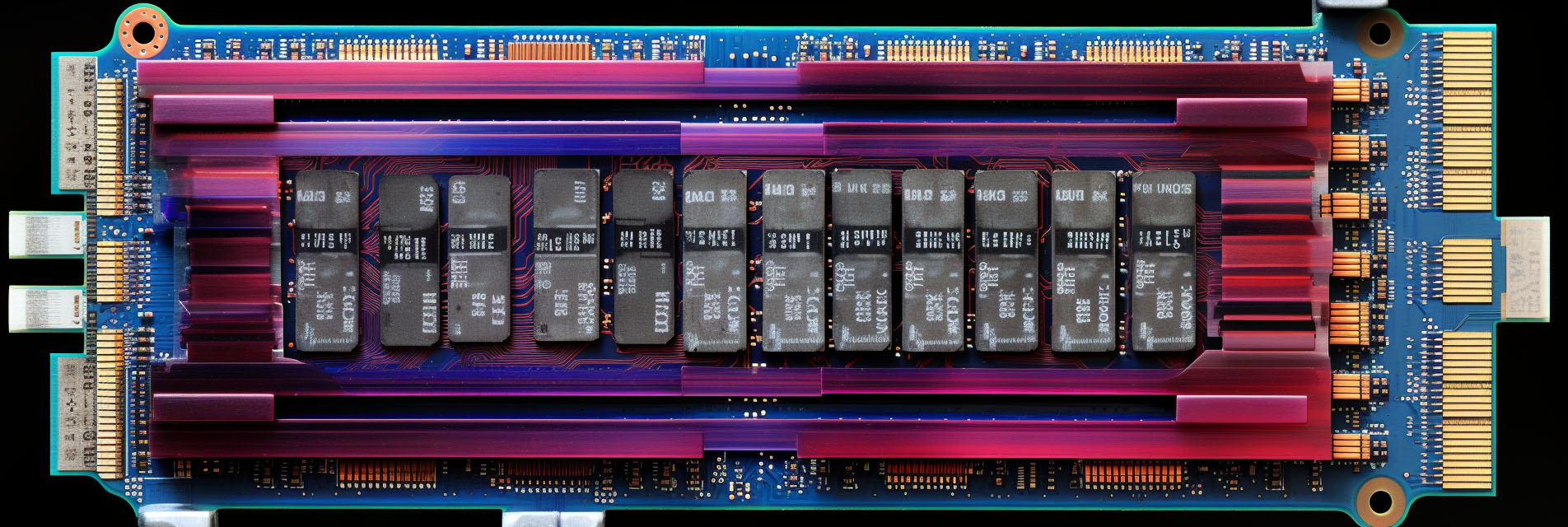Resistive random-access memory

Resistive random-access memory (ReRAM or RRAM) is a type of non-volatile memory that uses resistance to store information. Unlike traditional RAM, which requires power to maintain stored data, ReRAM retains data even when the power is turned off, similar to Flash memory. ReRAM is considered one of the emerging memory technologies that could potentially replace or complement existing memory solutions, offering advantages like lower power consumption, faster read and write times, and higher storage density.
The basic principle behind ReRAM is the resistance switching effect. In a typical ReRAM cell, a voltage is applied to alter the resistance level of a dielectric material between two electrodes. The high and low resistance states correspond to the binary values 0 and 1, respectively. The change in resistance is non-volatile, meaning it persists even when the electrical power is removed, allowing for data retention.
ReRAM has several promising characteristics that make it a candidate for next-generation memory technologies. It offers the possibility of lower power consumption compared to Flash memory and DRAM, which is particularly important for battery-powered and energy-efficient devices. ReRAM also has the potential for very high storage densities, making it attractive for applications where large amounts of data need to be stored in a compact space.
However, there are challenges that need to be addressed for ReRAM to become a mainstream technology. These include issues related to reliability, endurance, and data retention over extended periods. Additionally, the manufacturing processes for ReRAM are still being refined to achieve the consistency and scalability required for commercial applications.
Several companies and research institutions are actively working on the development of ReRAM technology. It has potential applications in a wide range of devices, from consumer electronics like smartphones and laptops to data centers and even in specialized areas like neuromorphic computing, where the resistance switching mimics the behavior of synapses in biological systems.
In summary, Resistive Random-Access Memory is an emerging non-volatile memory technology that uses resistance switching to store data. It offers several advantages over existing memory technologies, including the potential for lower power consumption and higher storage density. While there are still challenges to be overcome, ReRAM is considered a promising candidate for next-generation memory solutions and is the subject of active research and development.